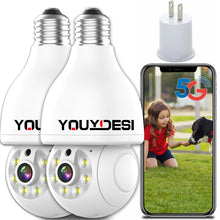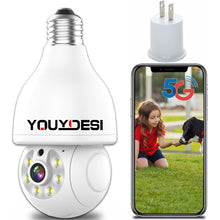Major Components:
1. Camera Sensor Chip: Serving as the camera's core, this chip is responsible for capturing images or video.
2. Lens: The lens determines the camera's focal length and field of view, directly impacting the quality and coverage of the captured images.
3. Infrared (IR) Illuminators: Typically in the form of a light board or LEDs, these components enable night vision capabilities by providing infrared lighting.
4. Housing or Casing: The outer shell of the camera, this protective enclosure safeguards the camera's internal components from environmental factors and physical damage.
Minor Accessories:
1. Cabling (Tail or Tail Line): This includes network cables, often Ethernet, and, in some cases, a power cable for non-POE (Power over Ethernet) cameras.
2. Lens Mount: This crucial piece secures the lens in place and allows for adjustments to achieve the desired angle and focus.
3. Mounting Hardware (e.g., Copper Pillars): These smaller components are essential for securely affixing and mounting the camera in its intended location.
It's worth noting that the substantial price differences observed among surveillance cameras with comparable pixel counts from different brands can often be attributed to variations in the quality of materials used in these components. Cameras constructed with superior materials tend to deliver better image quality, increased durability, and improved overall performance, thus justifying the price disparities observed in the market.










